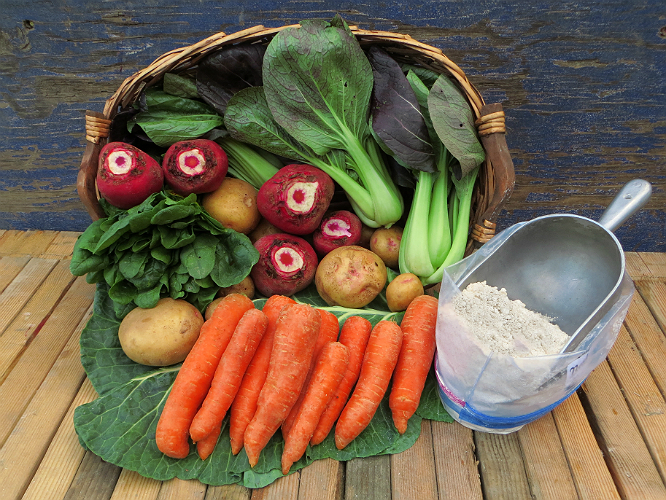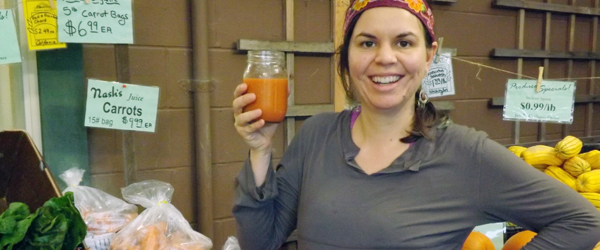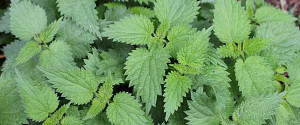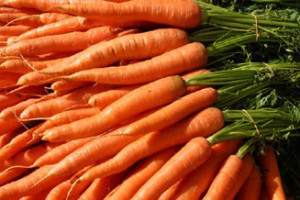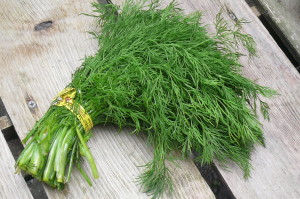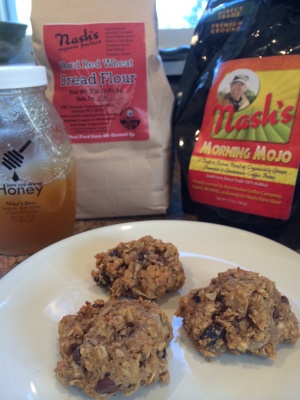Healthy Summertime Foods
By Kia Armstrong and Patty McManus (Nash’s Organic Produce), Sarah Salazar-Tipton (Olympic Nature Experience), and Julia Buggy, Holistic Nutrition Educator
Originally published in Peninsula Families Today, an advertising supplement produced by Peninsula Daily News and Sequim Gazette.
Children naturally have more energy during the long days of summer. Because they spend more time outside in the sun and wind, it is important to keep their fluids and vitamin intake high. Sarah Salazar-Tipton, local mom and director of Olympic Nature Experience (a nonprofit dedicated to deepening children’s connection with nature) has a great solution: the fruit/veggie popsicle! “After hours at the beach or a walk through our neighborhood, it’s easy to entice kids home with a popsicle,” says Sarah. “It makes a great snack for any time of day, and they are getting fluids, proteins and veggies all at once.”
Fruit/Veggie Popsicle
- 1-to-2 cups water, herbal tea or juice
- 1 cup leafy greens
- 1-to-2 carrots
- Large handful of seeds or nuts
- 1-to-2 cups fresh or frozen fruit
Blend on high until smooth and creamy. Pour into popsicle molds or ice cube trays and freeze. If your child is particular about color, add red pepper or tomatoes instead of leafy greens. A banana or two adds sweetness to counter a “too-veggie” taste. If you are adding leafy greens, leave out milk products, but add some citrus for extra iron absorption.
Colors helps kids eat veggies
Kids are more likely to warm up to veggies if they have something to do with choosing them, either at the store or in the garden. If your children help you to plant the seeds, water the plants, and harvest the crops, chances are they will want to taste the “fruits of their labors.”
If you plant a garden with your kids, try to plant veggies in a variety of colors—green lettuces or zucchini, bright orange carrots, red tomatoes or peppers, and purple berries. Each of these colors indicates the presence of different healthy nutrients that benefits the health of children and adults alike.
If you can’t grow a garden, play a color game in the produce department of your favorite store. “Which green should we pick today? Which orange?” Give the child credit at the table for tonight’s delicious choice, and if they want, allow them to help prepare what they have chosen. You can even turn mealtime into a game to see who can “eat all their colors,” even if it is only a bite or two.
Make juice time fun and healthy
Julia Buggy, local mom and Holistic Nutrition Educator specializing in organic plant-based nutrition, knows that using a juicer is always a hit with kids. “If you combine naturally sweet items like carrots and apples, it’s easy to slip in a little spinach or beets and the whole drink is loaded with vitamins, minerals and immune-boosting goodness!” says Julia.
Another trick she has learned for kids who may have an aversion to the color is to serve the juice in a fun colored cup with lid and straw. “If they have fun helping to make the juice, chances are they will be excited to drink it.” Here’s one of her daughter’s favorites.
Pirate Punch “Vitamin C prevents scurvy after all. . .Arrrgh!”
- 5 organic carrots
- 4 organic apples, seeds removed
- 3 handfuls organic local spinach
- 2 leaves organic kale
- 1 small lemon, zest peeled off
Freeze any leftover juice in ice cube trays for use in smoothies. “Sometimes we are too busy to bring out the juicer on these warm summer days, so my blender becomes my back-up support,” says Julia. “Smoothies are my favorite way to add veggies into my daughters’ diet. Plus they get all the fiber, too.”
Have you tried this recipe? Tell us how it turned out!

